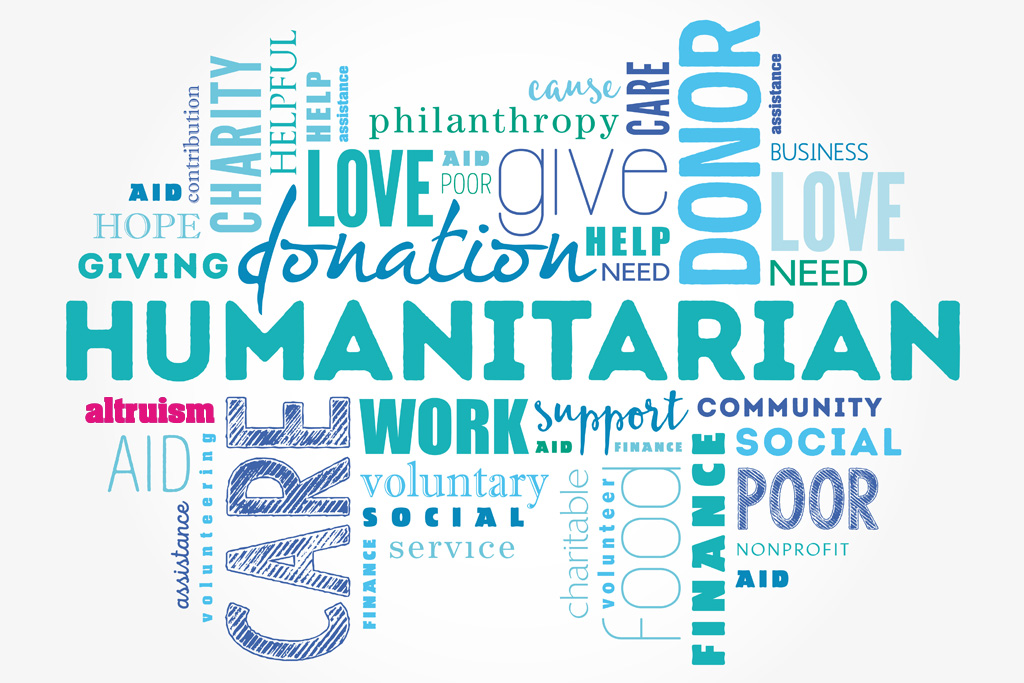Altruism is alive and thriving amongst individuals and organisations in Australia…Altruism is a word that is rarely used these days. In its most simple definition, altruism means unselfishness. Indeed it’s the opposite of selfishness. It’s the practice of putting the welfare of others above and beyond our own welfare.
In today’s world, practicing altruism is not easy; with the demands of living; fulfilling the needs and desires of ourselves and our families usually come first, to the exclusion of others.
Altruism is not just limited to individuals. Our ability to survive and flourish into the future, to avoid threatened social and global disasters, and ensure a stable world, is in part at least dependent on social cohesion and altruism.
From an national perspective, we can measure altruistic acts by looking at the number of altruistic organisations and structures in a Australia, (for example not for-profit organisations, non-government-organisations and philanthropic foundations), donations made and the number of hours spent in volunteer or unpaid work.
Altruism in Australia, for Australia
According to the Philanthropy Australia, philanthropy in Australia is on the rise. There are more than 3,000 Prescribed Private Ancillary Funds (PAFs) and Public Ancillary Funds (PuAFs) in Australia. Combined, they gave $630 million in 2014, which shows a steady rise over the last ten years.
It is estimated that 14.9 million Australian adults (80.8% of the population) gave $12.5 billion to charities and not for profit organisations in 2015-2016. The average donation was $764 and the median donation was $200. Compare with ten years ago, a smaller percentage of Australians are giving, but they are giving larger amounts.
According to the Australian Bureau of Statistics, in 2010, 6.4 million people (or 38%) aged 18 years and over had undertaken some form of voluntary work in the previous 12 months; this was up from 34% in 2002. Patterns can be seen when we look at the age groups of those who volunteer: those in younger age groups most commonly volunteered with sport- and recreation-related groups; volunteering for parenting groups is relatively common in 25–44-year-olds; while volunteering for welfare and community type groups is common among the older population.
Altruism in Australian for the global population
Locating levels of Australian altruism for fellow Australians (as noted above) is a relatively simple task, but it becomes much more difficult to find statistics that show the actual number of organisations, dollar amounts donated and hours of volunteering, when it is divided into Australian-based and internationally based groups.
Anecdotal evidence suggests an increase in global awareness and altruism. This can be seen in:
- the growth in volunteer tourism and responsible travel
- our response to one-off natural disasters
- our increased awareness of issues and activities through instant reporting and social networking sites
- the corporatisation of giving.
Supporting the case that there is an increase in altruism are the following:
- the number of existing altruistic organisations has increased • the total number of dollars donated to and spent by these organisations has increased
- the number of hours people have spent in volunteer work has increased
- corporate organisations have increased the profiles of their altruistic activities
- developed nations are increasingly aware of the benefits to be found in doing meaningful work, through things like the positive psychology movement.
- However, some of the above could be questioned due to the following:
- increases in the amount of tax-deductible donations could be overblown
- we have an increased ability to track and measure quantifiable criteria around altruism and so the increase could be an increase in the data that we are capturing rather than an actual increase in altruism
- it could mean that as we become a richer society we have more interest, ability and opportunity to assist others. A person whose own wellbeing or that of his or her family is threatened by poverty, security, or lack of shelter, water or food will not display the kind of altruism that someone in a more comfortable situation would.
The reasons behind increasing levels of altruism are far from being an open-and-shut case, but there is certainly truth that we are now more aware of others who need help. This increased awareness leads to an increase in wanting to help which in turn leads to an increase in altruistic actions.
Margaret Mead once said. ‘Never doubt that a small group of thoughtful, committed citizens can change the world. Indeed, it’s the only thing that ever has.’
